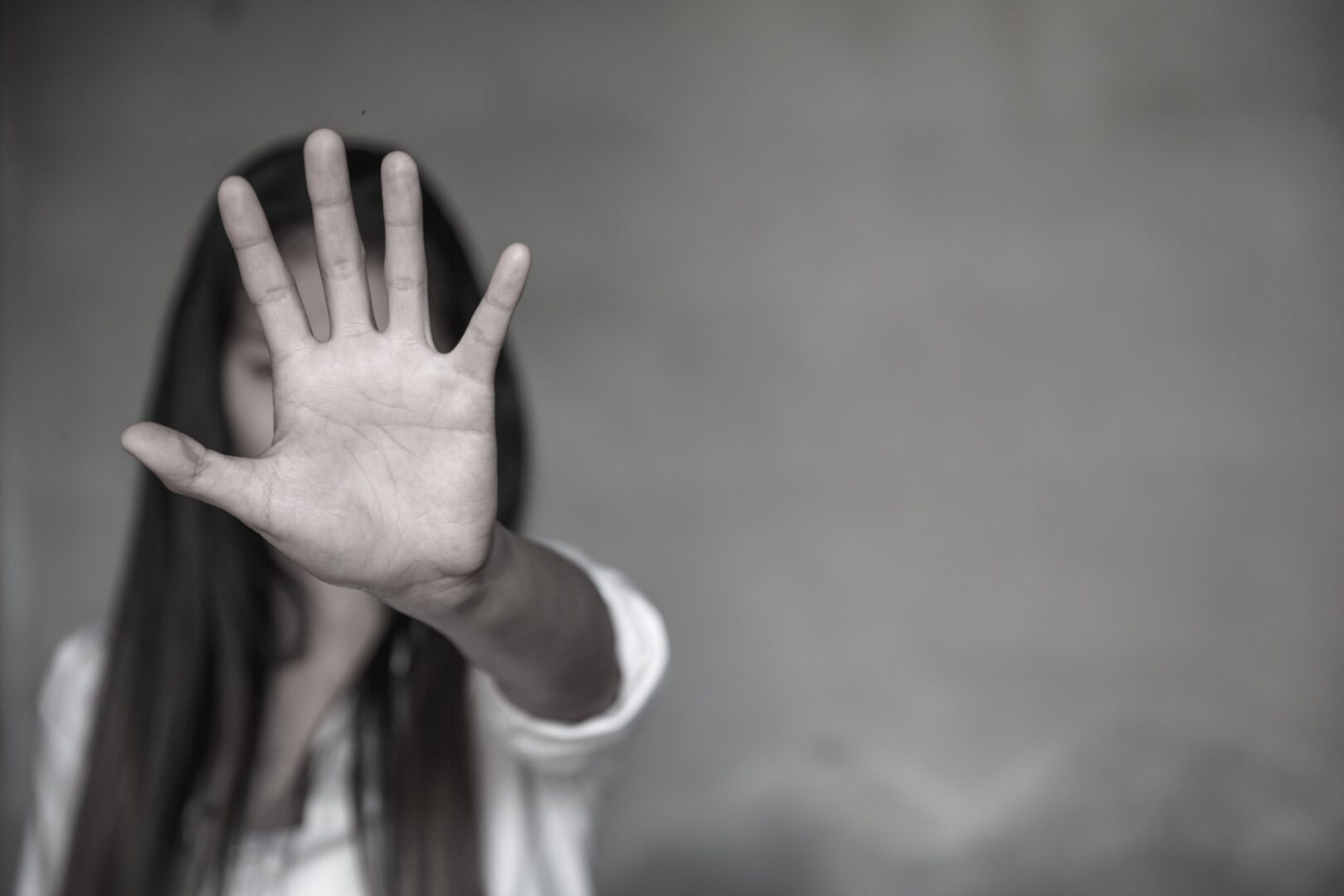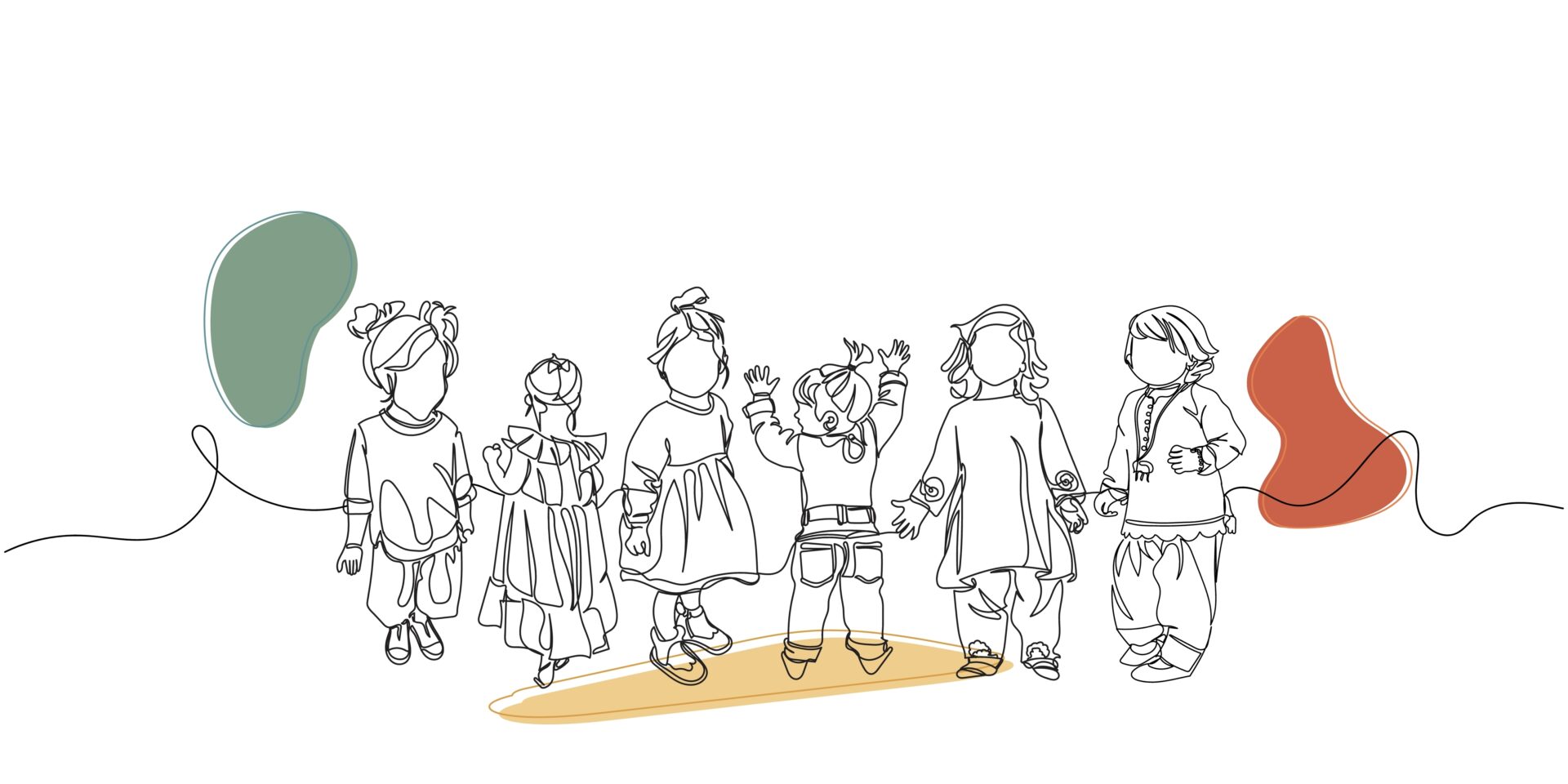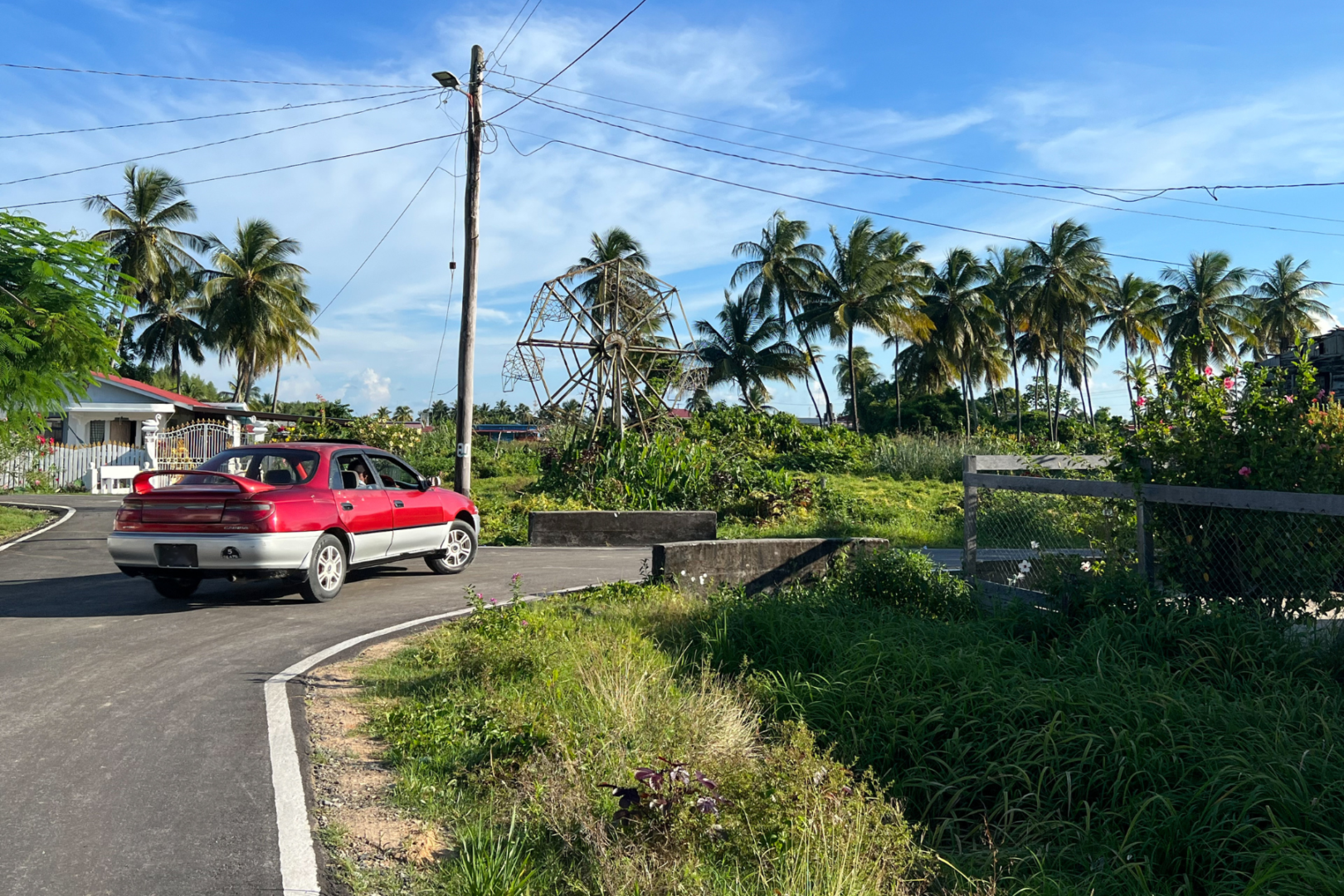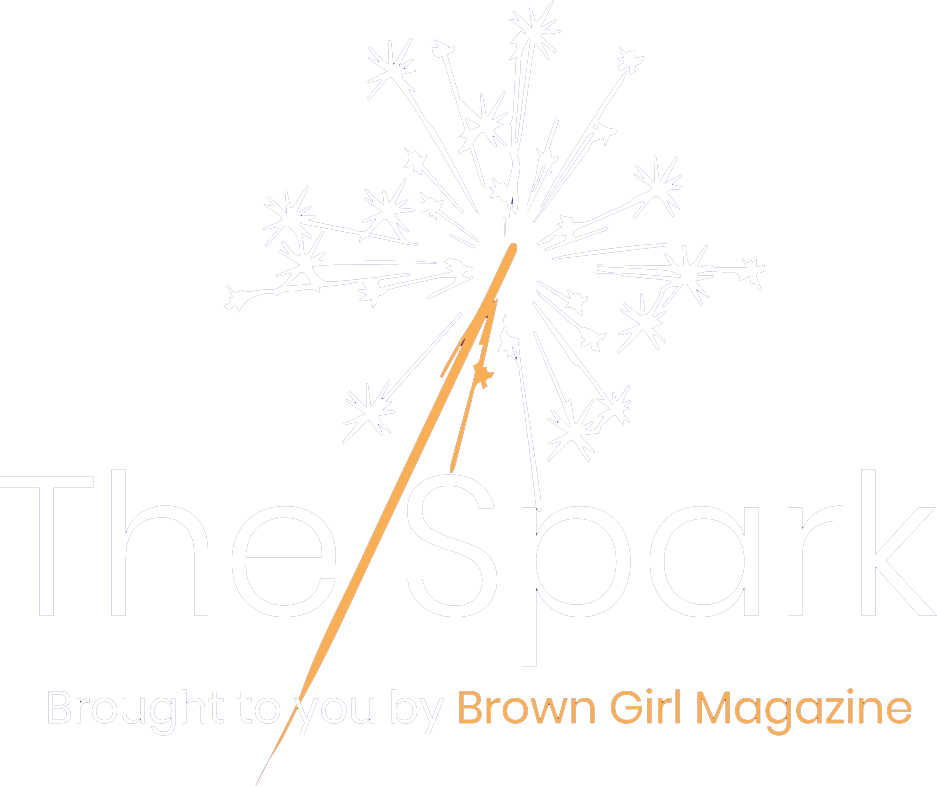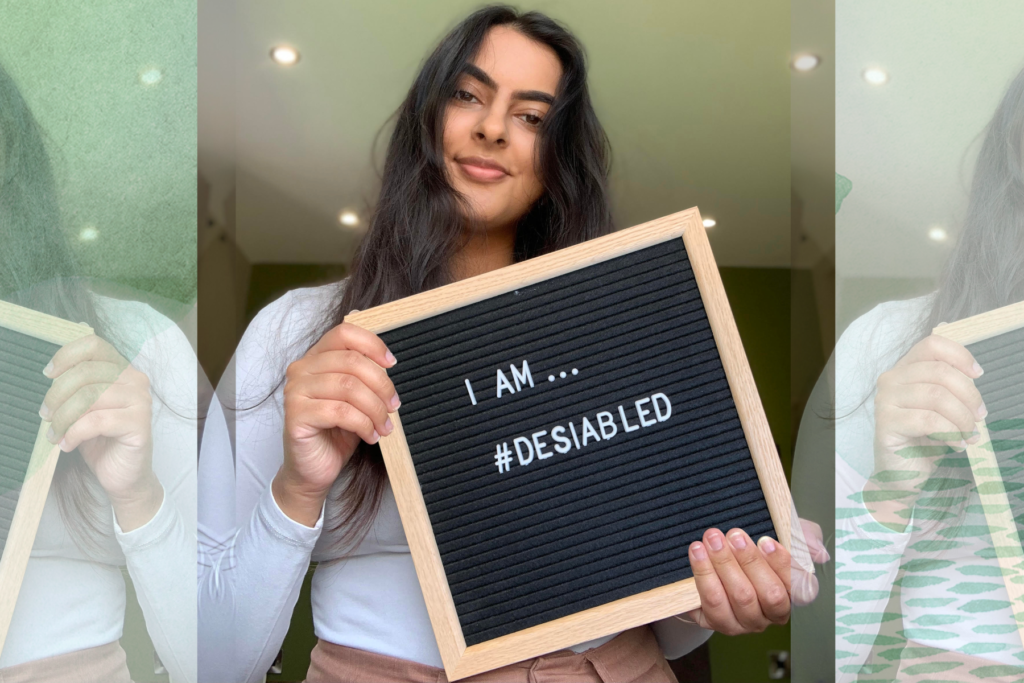
July marks Disability Pride Month, a time to honor the efforts of advocates past and present, For the disability community, a time to call for greater visibility. Fifteen percent of the global population lives with a disability, according to the World Health Organization. Despite this significant number, stigmas persist and many disabled individuals experience inaccessibility to equal opportunities in healthcare, education and employment, for example. This stigma is especially salient within the desi community’s “log kya kahenge” rhetoric. United Kingdom-based Sukhjeen Kaur, the founder of Chronically Brown, started the organization for precisely this reason. At the age of 20, she was diagnosed with Rheumatoid Arthritis. Her initial experience was isolating—both in her university life and also due to hostility and misunderstanding from many of her own family members. These negative experiences, coupled with the daily pain of her chronic illness, prompted her to reach out to fellow South Asians undergoing similar experiences, and she soon realized that she wasn’t alone. Thus, Chronically Brown was born in 2020.
View this post on Instagram
Tackling Cultural Stigmas
Sukhjeen mentions how society’s creation of terms like “special needs” and “differently-abled” detracts from the term “disabled,” which in itself is not a bad word. “If you were to ask the community, we’re fine using ‘disabled.’ It’s our word, we want to make it our own,” Sukhjeen explains. She says changing it means refusing to listen to the community and imposing negativity that shouldn’t be there in the first place.
Another fact that holds South Asians back from learning about and embracing disability is the cultural tendency to avoid conversations surrounding the topic. However, according to Sukhjeen, this only perpetuates isolation and upholds unrealistic expectations. “I’ve seen disabled South Asian women not being able to talk about their health or any aspect of access because it’s viewed that they need to be the caregiver—cooking, cleaning. But if we were to talk about it and give access to needs, then that woman can get married and have a family if she chooses. She’s able to do that and not feel excluded, working against the body rather than with it. It really all starts with a conversation.”
Furthermore, the view of disability remains rigid. Though several disabilities are visible and require individuals to use mobility aids, many—inflammatory bowel disease, endometriosis, mental illnesses—are invisible. “Within the South Asian community, we tend to view disability as a physical impairment, that we’re all wheelchair users,” Sukhjeen says. “[But] disability is so broad and different for every person, even if you have the exact same condition or injury. And that’s such a big stigma because we’re excluding somebody from having an identity that can empower them instead of making them feel like they’re lonely.”
#DesiAbled Campaign
What became apparent to Sukhjeen in her advocacy efforts was a lack of representation for people of color, particularly brown folx, in disability spaces. She wanted to ensure that South Asians were getting the same opportunities as their white counterparts, specifically in regard to charities, organizations, the press, and pharmaceutical companies. By posting their images to social media with the #DesiAbled hashtag, disabled South Asians not only make themselves more visible to these entities but also share their experiences in a way that makes others feel less alone.
“It’s starting to make a slight change,” Sukhjeen says of the campaign’s efforts, though they hope more people will hop on board. Through the #DesiAbled campaign, Chronically Brown brings the opportunity for both disabled and non-disabled South Asians, as well as anyone outside of the community, to get a holistic idea of disability. Sukhjeen wants people to “learn a bit more about what it’s like on a day-to-day basis.” Furthermore, a disabled South Asian “doesn’t have to identify as just disabled and just a South Asian, it’s so much more than that. It’s part of them, but there is more than that going on. They live lives just like everyone else.”
View this post on Instagram
Ambassadors and Activism
“I noticed that even though I have so much knowledge on disability, I can only speak from a specific experience. I have a chronic pain condition. It’s a physical condition, I don’t use a wheelchair, but I do use mobility aids. And that’s only very unique to me,” Sukhjeen shares. To represent a diverse array of experiences within the South Asian disability community, she decided to get more advocates on board with Chronically Brown, known as ambassadors. “We have a few people that have different chronic pain conditions, or neurodivergent conditions now.”
This opened up opportunities for Chronically Brown—for instance, more podcast requests. To expand Chronically Brown’s ability to access a wider audience, ambassadors step in to help out with advocacy efforts, or to put the organization in touch with people they know. “The idea behind it was for [the ambassadors] to have a platform with Chronically Brown. And also for them to help out with the campaigns and projects that we’re doing now.”
Chronically Brown Workshops
Workshops are a prime means Chronically Brown engages in advocacy and aims to educate the public. They typically hold them with South Asian community groups, for instance, Sikh Elders.
“Usually, the issues are very generalized, because we have found that disability as a whole is a conversation that is nonexistent,” Sukhjeen says. Chronically Brown outlines different disabilities and engages in “myth-busting,” trying to gauge older generations’ existing knowledge of disability and attempting to provide them with a clearer picture. “For example, somebody didn’t realize that cancer can have long-term effects, even if you are in remission,” she says. “They usually view [disabilities] as very female-specific conditions, and almost as normal,” Sukhjeen adds. “We want to make sure that they know, firstly, that they’re not. [Disabilities] are not something that you should just have to deal with. They are something that you can have access needs.”
Though it took a few sessions to acknowledge a turning point, many attendees walk away being better informed about their ableist beliefs and refrain from minimizing their own conditions. “One older lady had avoided using a walking stick because she didn’t feel like it was something that looked nice. After the workshop, she ended up wanting to use it more to help her physical health and reduce the amount of pain she [was] in.” Another point Sukjheen brings up is the younger generations’ hesitancy towards talking about disability than the older generations. “Younger generations think that the older generations are allowed to complain. [Younger generations] think, ‘we’re young, we’re healthy, we’re fine.” But she hopes that the education and advocacy that Chronically Brown provides will encourage them to speak up for themselves and seek professional help when they need it.
View this post on Instagram
Future Directions
Sukhjeen aims to expand Chronically Brown’s visibility, beyond social media. She also hopes to create resources for people to learn about disabilities at any time and wants to make the information accessible in the majority of South Asian languages.
“If we want to make a change, we recognize it’s got to be with the older generations, as well as the younger ones. And hopefully, we can tackle stigma on a wider scale, not just within the UK, but also in other Western countries.”
Whether you live with a chronic illness/disability yourself, have a loved one who does, or wants to better educate yourself on how to be an ally to the community, follow along with Chronically Brown via Instagram. You can also visit their website for more information, and subscribe to their newsletter for the latest updates.
Feature image courtesy of Chronically Brown.
